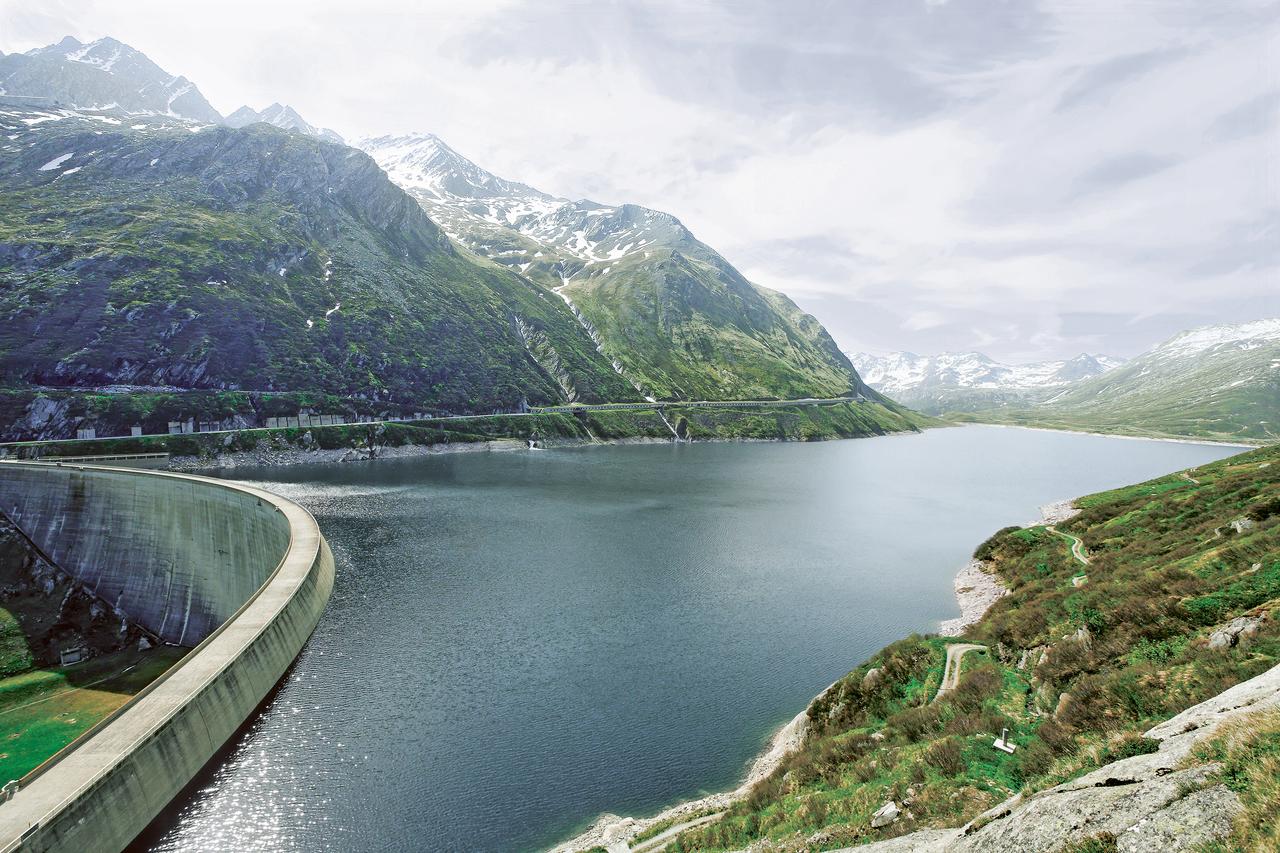20.05.2024 | Which technology generates a high amount of electricity in winter?
About gigawatts and gigawatt hours
Switzerland needs more electricity in winter. We regularly read about new records in the installation of renewable energy infrastructures, mostly on existing buildings. Typically, the talk is of the number of gigawatts of newly installed capacity. This expansion is encouraging and important! However, it is necessary to consider when the system will actually produce electricity and how expensive it is.
Switzerland is facing a decisive challenge in terms of electricity supply. With the foreseeable phase-out of nuclear energy and the currently still too slow expansion of renewable energy sources, a significant electricity gap is emerging. Axpo's PowerSwit-cher electricity calculator shows a gap of over 50 TWh by 2050 - an amount equivalent to the output of eight nuclear power plants the size of Beznau or 1.5 times Switzerland's total hydropower. At worst, bottlenecks could occur as early as the 2030s and 2040s in the winter months when demand is particularly high and the production of renewable energies is too low due to weather conditions
PowerSwitcher “Business as usual” scenario (winter half-year)
Distinction between installed capacity and amount produced
To keep the discussion about energy infrastructure expansion objective, it is important to distinguish between installed capacity (e.g., in gigawatts, GW) and the amount of energy actually produced (e.g., in gigawatt-hours, GWh). Installed capacity is the maximum amount of energy a plant can deliver at a given time, while energy production is the amount of electricity actually produced over a given period of time (usually an hour).
In simple terms, the difference between installed capacity and actual production is like the difference between the size of a faucet (installed capacity) and the amount of water that flows out of the faucet in a given time (actual production).
How much production can be achieved depends on the technology - the differences are significant. Not every faucet can be turned on on command and for as long as needed. However, some degree of controllability is essential for times of high demand. In the electricity system, this is winter.
So let's look at specific examples to illustrate the differences between various technologies. We will always assume an installed capacity of 1 GW in Switzerland and look specifically at the winter half-year:
What is striking is that the one gigawatt hour installed results in very different production figures depending on the technology, especially in winter. The faucet is the same size everywhere, but it cannot be turned on for the same length of time everywhere.
Diversified generation portfolio must be the goal
Switzerland's energy future depends on a clever mix of different energy sources - with a special focus on the reliability of the winter power supply. To use the analogy once again, the more different faucets that can fill a bathtub for different lengths of time at different times, the more certain it is that the tub will be full when you need it.
The cost of the electricity produced is always important in these considerations, too. Even if a technology produces relatively little electricity per installed capacity in the winter, it can still be cost-effective - and therefore valuable. This is true of wind power, for example. Our Power Switcher electricity calculator is available for a comprehensive analysis.
For Switzerland to achieve a smart, winter-proof mix, subsidies should be targeted at technologies that can deliver electricity efficiently and reliably in winter. This is why a yes vote on the Electricity Act on June 9 is an important and necessary step.




.jpg)





